In the culture of the Tay people, the custom of worshiping folk paintings is preserved from generation to generation, creating a unique cultural beauty. Worship paintings contain profound human values, expressing people's belief in the natural world , teaching to do good and eliminating evil.

On the altar in the Tay ritual, people often hang paintings of the goddess, Quan Am, Buddha, and the incense bowls of Then. The arrangement of the altar shows that Then still retains its original appearance from the time it was still in the folk. However, through the process of existence and social changes, Then Tay has been influenced by the religious streams that have been introduced to Vietnam for thousands of years, becoming a creative blend of indigenous beliefs and the combination with the Three Religions. Then is a synthesis of the divine elements of Confucianism - Buddhism - Taoism and folk beliefs, creating a rather unique Then system.
In the book "Then Tay", Associate Professor, Dr. Nguyen Thi Yen, Institute of Cultural Research, mentioned the Buddhist element, that is, in the ceremony, the Then master hung 5 worship paintings of Bodhisattva Avalokitesvara; Taoist elements (identity, seal, knife, scissors, stone axe, bell, gong) in the practice of the ritual to control the soldiers of the underworld. On the decree, it is written: "... The Jade Emperor grants his subordinate disciples..." written in Nom Tay script on Do paper.

The painting depicts two dragons on both sides of the border of the identity and the heart of the seal, stamped with 15 red seals, representing the Then rank. The wooden seal is square, engraved with the Chinese characters “Ngoc Hoang Thuong De” on the main face and on the handle of the seal is engraved with the character “thuong” and the left side of the seal is engraved with the character “binh” and the right side is engraved with the character “tuoi hanh”. This is influenced by Taoism.
The Tay people imagine the universe is not only the surrounding world, but also includes all of nature, people and things in 3 realms, corresponding to 3 levels: Heaven, earth and underworld. This concept is clearly expressed in legends, myths, fairy tales and through the content of worship paintings. Especially the worship painting set "Ten Kings of Hell" with the image of majestic and even fierce gods, to deter and educate people to know how to submit and turn to goodness.

On the worship paintings, the system of deities in Then is mainly natural deities, angels and in some cases human deities. Natural deities in Then beliefs are local indigenous deities (earth deities, forest deities, mountain deities, river deities or trees or animals closely associated with human life).
Angels are mainly gods originating from Taoism, such as: Jade Emperor, Nam Tao, Bac Dau, celestial fairies, celestial generals, celestial soldiers, Ba Cuu Trong Thien, Diem Vuong, Do Thien Dai Thanh... Human gods are gods originating from humans, in the case of Then belief there is the character Be Van Phung (a real character in the Mac dynasty).
There is a special feature in the worship paintings of the Tay people in Binh Lieu: the paintings of To Nu depict four Vietnamese girls with their hair in a ponytail, wearing five-panel dresses, and standing with four different gestures: one playing the flute, one holding a senh tien, one holding a fan, and one playing the nguyet lute. The Then women in Binh Lieu believe that these are images of fairies. This is clearly influenced by Taoism.
Assoc. Prof. Dr. Pham Van Loi, Institute of Vietnamese Studies and Development Sciences , Vietnam National University, Hanoi, assessed: On the wall of the house, behind and to the right of the Then altar (in the direction where Mrs. Then sits facing the altar when performing the ceremony), in the Then hotpot ceremony in Binh Lieu, there are also a number of drawings or paintings. There are 12 paintings in total, divided into 3 groups, not including the decorative paintings hanging in front of the ancestral altar next to it. The outer group, adjacent to the edge of the door to the high floor of the house, where wine is stored and some of the family altars are placed, close to the entrance of the house, in the middle, behind the Then altar and the second group, located inward, from the inside edge of the wall, each group of 4 paintings, each painting has a picture of a woman or young girl, in the style of a four-panel painting of the Kinh people. The four young girls in the first group, each is holding/playing a musical instrument (nguyet, nhi, flute, pipa); 4 women/girls in group 2, the outermost one plays the flute, the innermost one plays the zither, 2 in the middle, the one on the left holds something in his right hand, possibly a sound-making instrument; the one on the right holds a fan in his right hand, and performs a dance move with his left hand.
The third group, hung on the inner wall, is adjacent to the second group. This group of paintings is more colorful, all four paintings depict the image of Bodhisattva Guanyin standing on a lotus pedestal or lotus pond/lake, radiating a halo above. This shows that the Then hotpot ceremony of the Binh Lieu people in particular and the Then ceremony of Binh Lieu in general have been more or less influenced by Buddhism. The paintings in groups 1 and 2 have quite a lot of Chinese characters or Nom characters, Nom Viet or Nom Tay; the paintings in group 3 have no characters, including Chinese characters, Nom characters and common Vietnamese characters.
From his analysis, Mr. Loi proposed that there should be specific studies on these decorative images and paintings in order to develop this form of decoration into a commodity product for sale to serve people in decorating their homes and as gifts for tourists .
Source




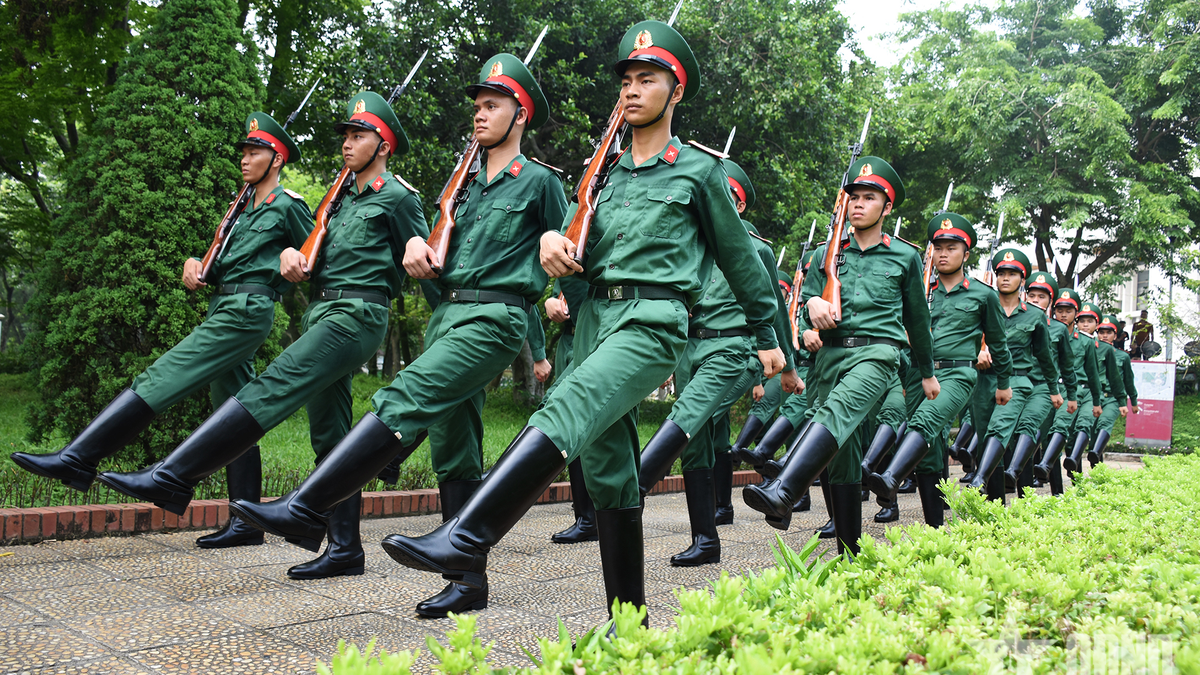
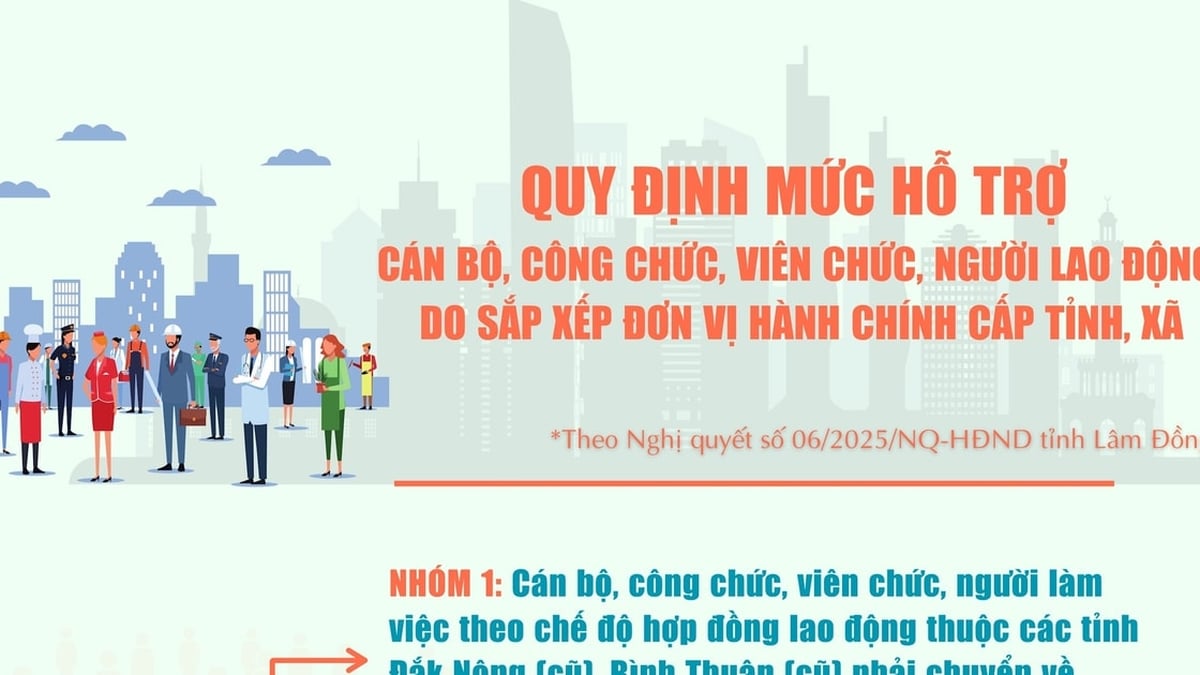

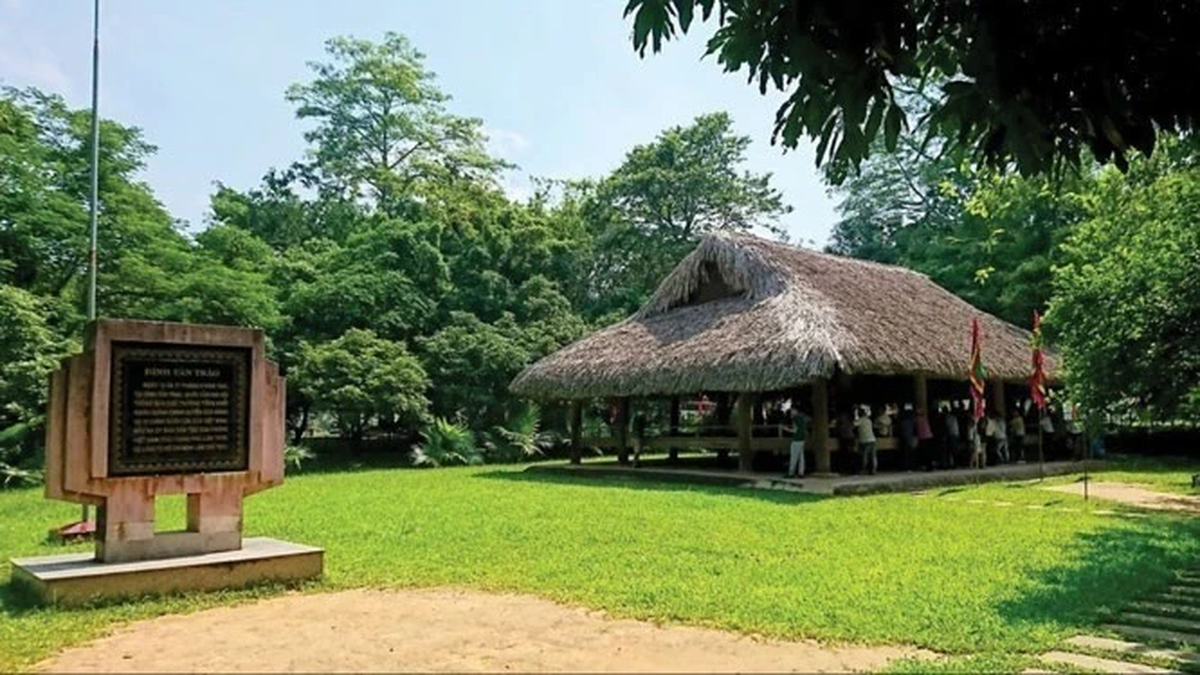
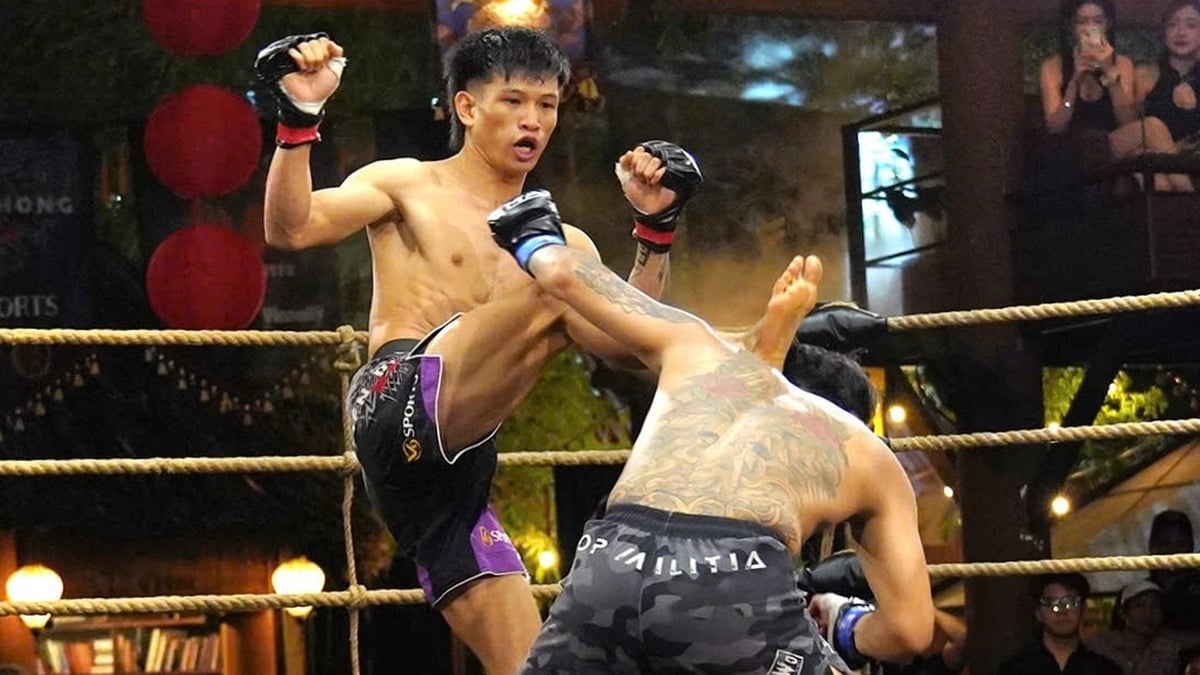




















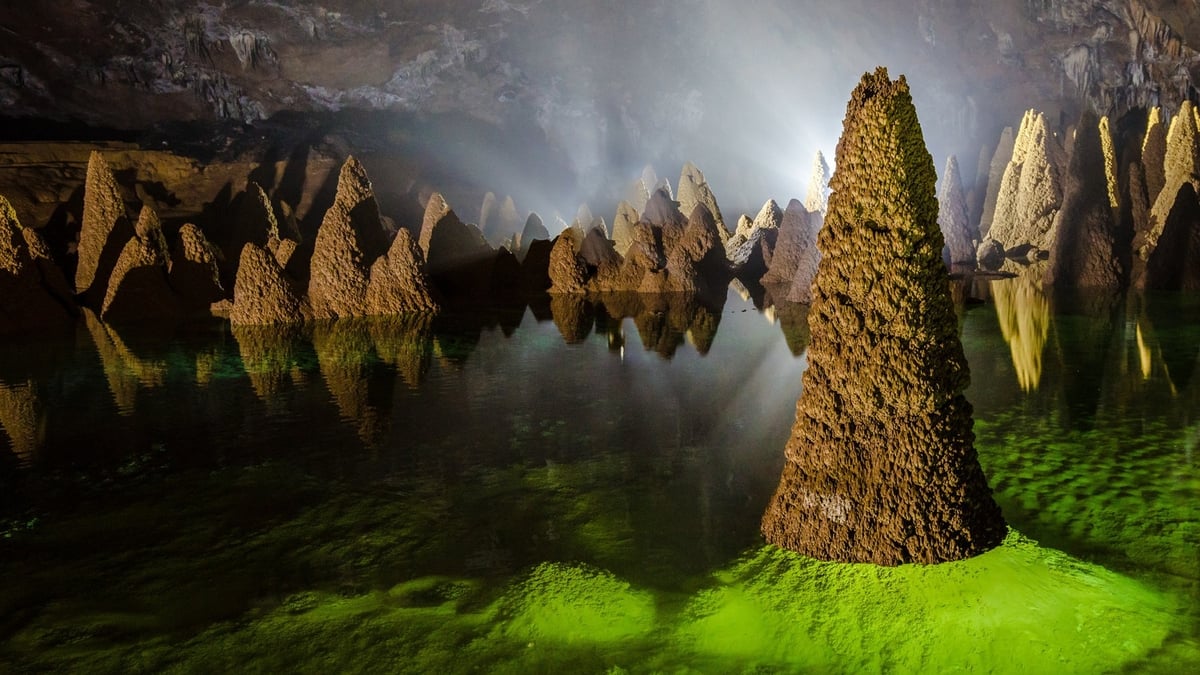


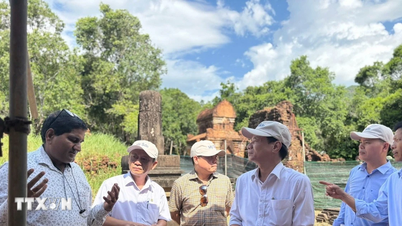







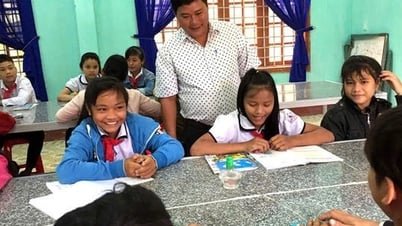



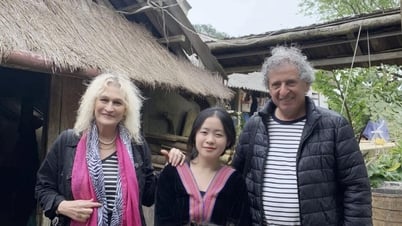


















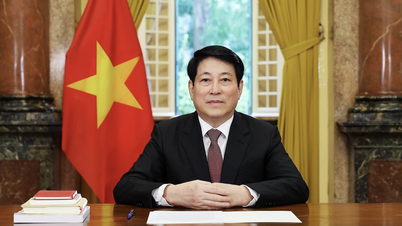
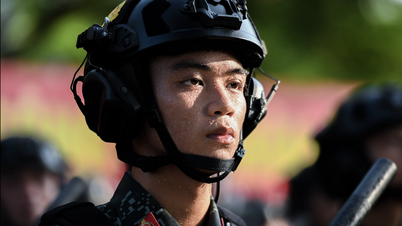


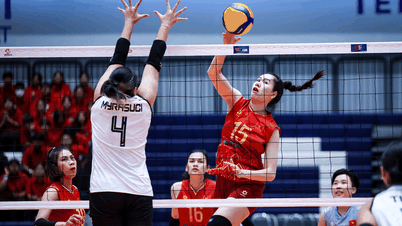

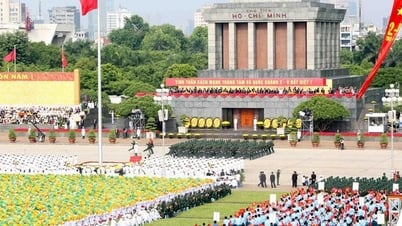






























Comment (0)